Is your child afraid of spiders? How about coloring a beautiful or funny spider to familiarise him or her with these strange beasts? It would be an excellent opportunity to explain to him how they weave silk to build webs as strong as steel. So let us discover it in the coloring pictures below.
The spider can be distinguished from the insect by the fact that it has eight legs, no antennae, and no chewing parts. It is unlike the insect, whose body is made up of three segments (head, thorax, abdomen).
Funny Spider Coloring Pages To Print
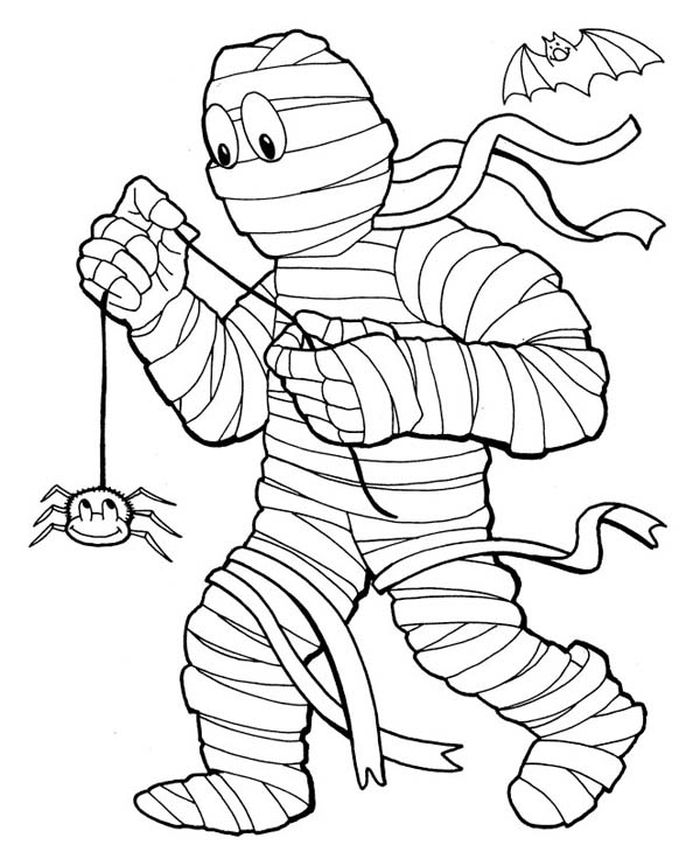

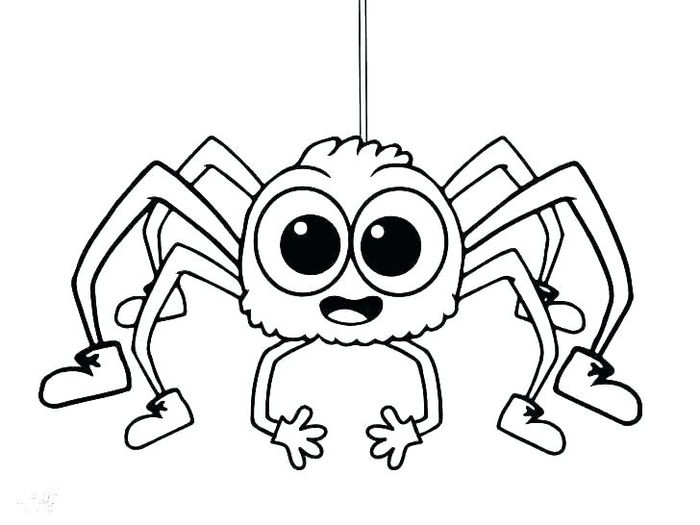
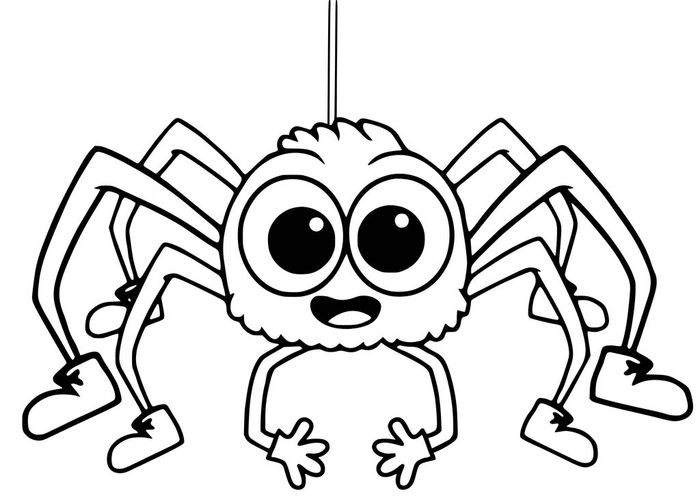

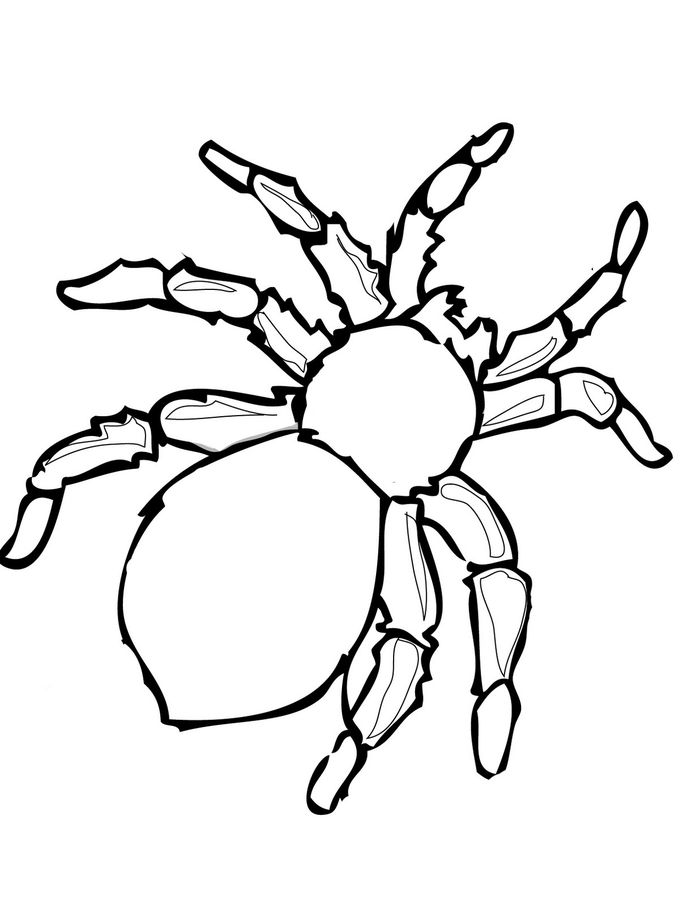

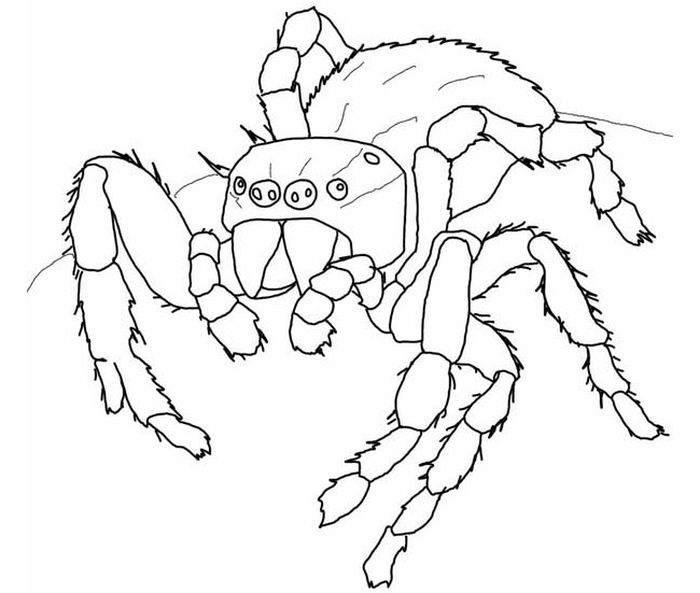
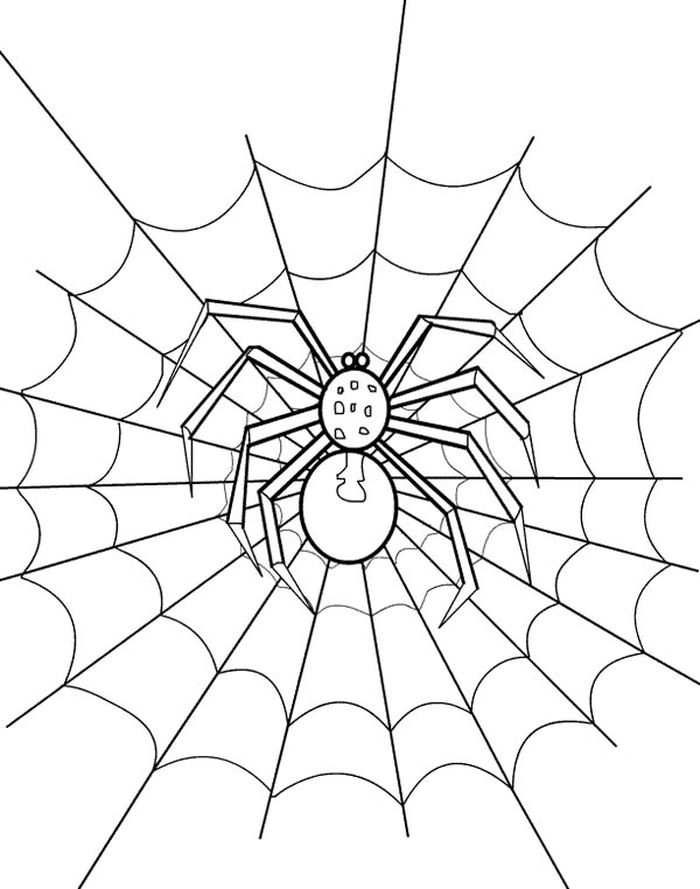
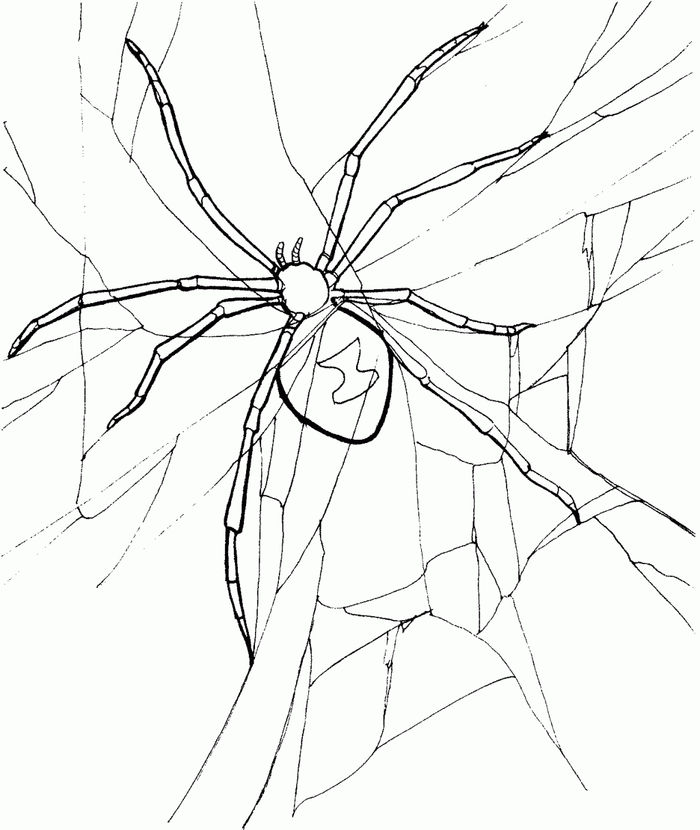
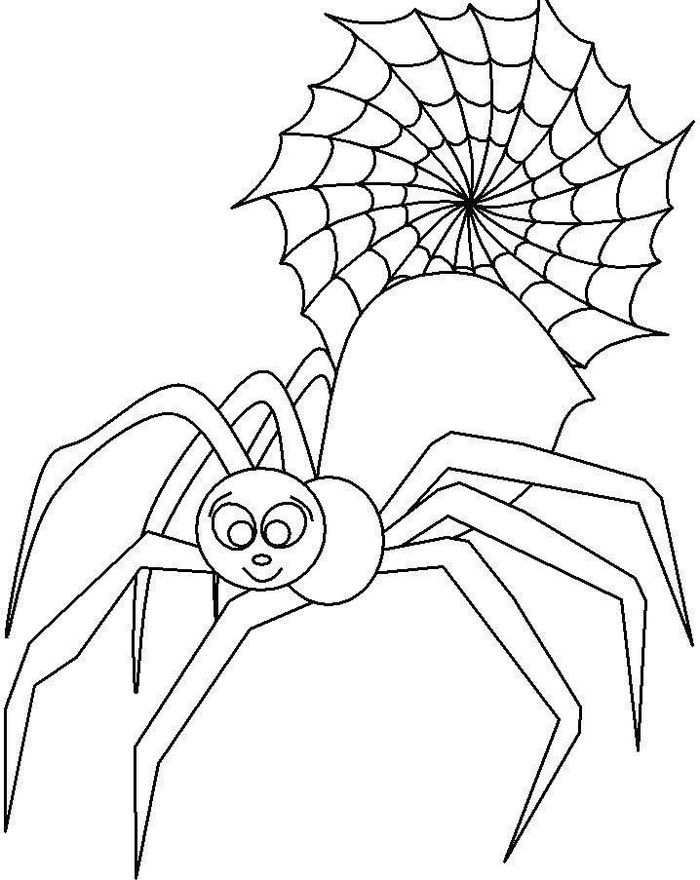


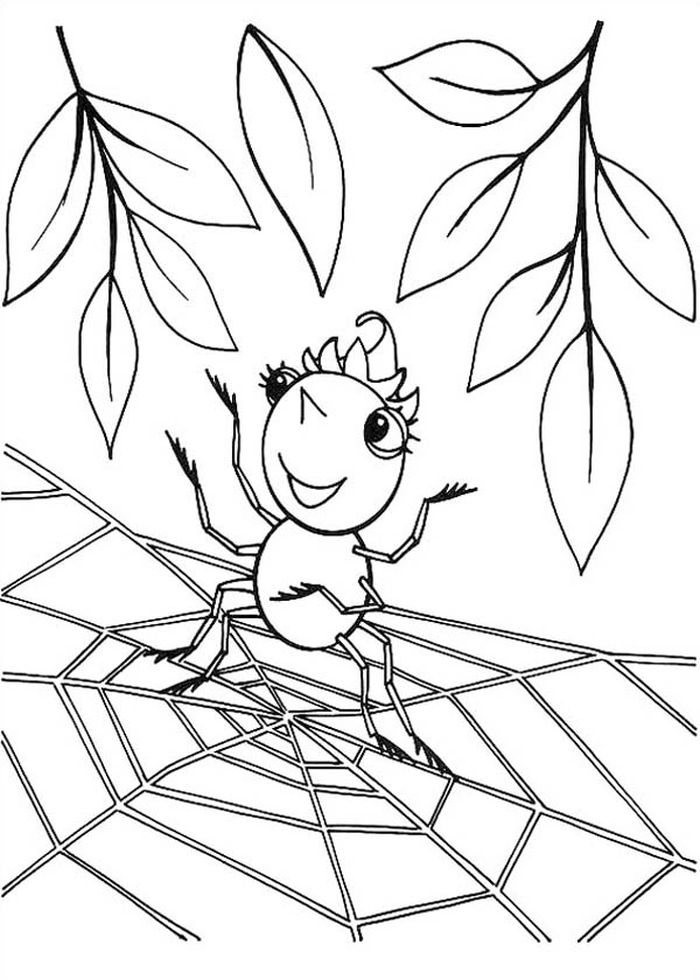
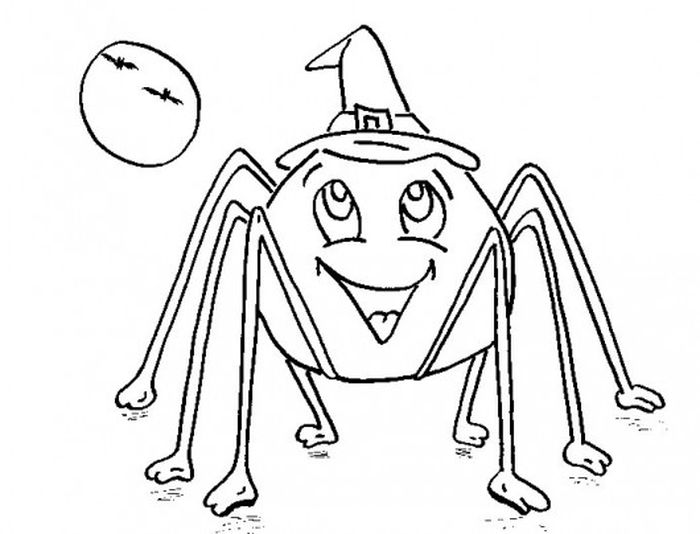
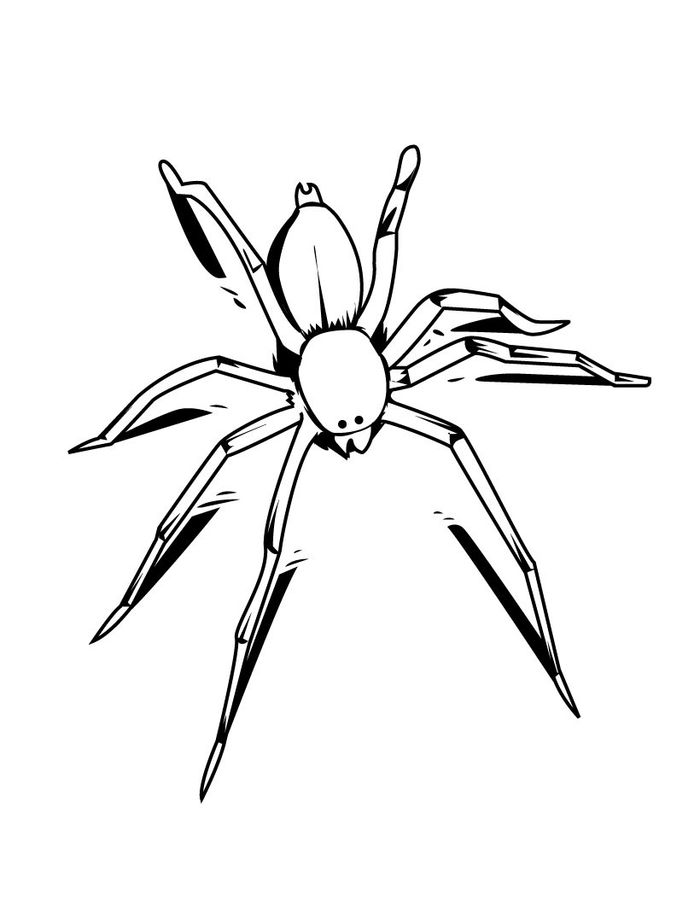


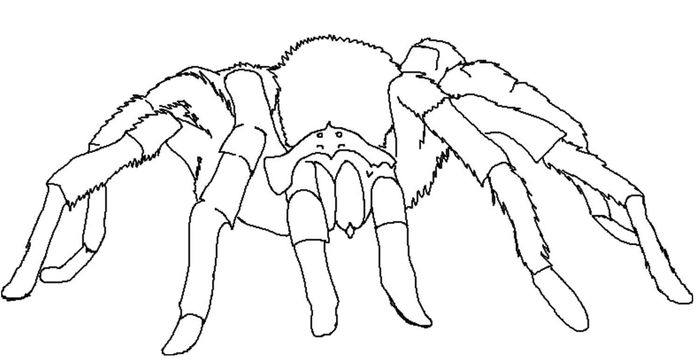
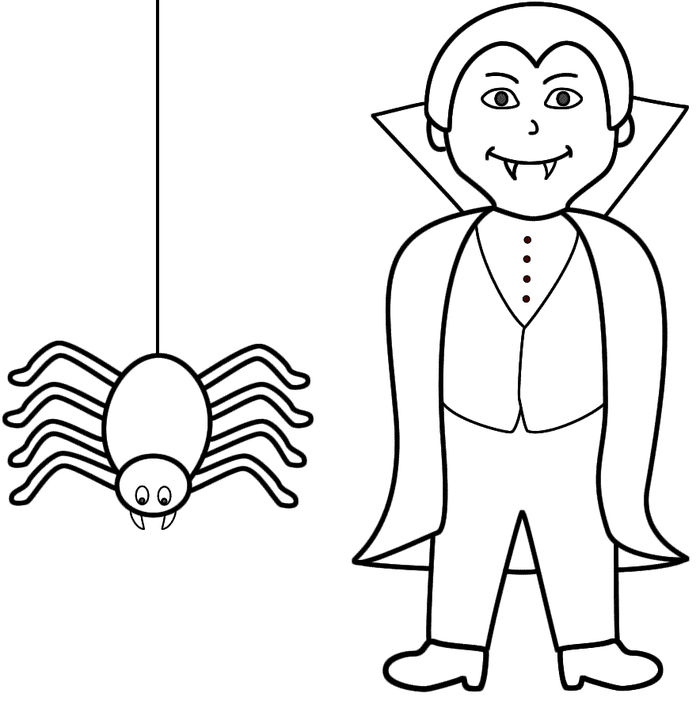
The spider’s body is made up of only two parts: the cephalothorax, which is the fusion of the head and thorax, and the abdomen. The abdomen carries the spinnerets, the organs that produce silk.
A thin stalk connects the two parts. At the end of the cephalothorax are the pedipalps. They are the sensory organs for detecting and handling prey, and which in males are used for reproduction, as well as the chelicerae, which may take the form of hooks or claws.
Spider Coloring Pages
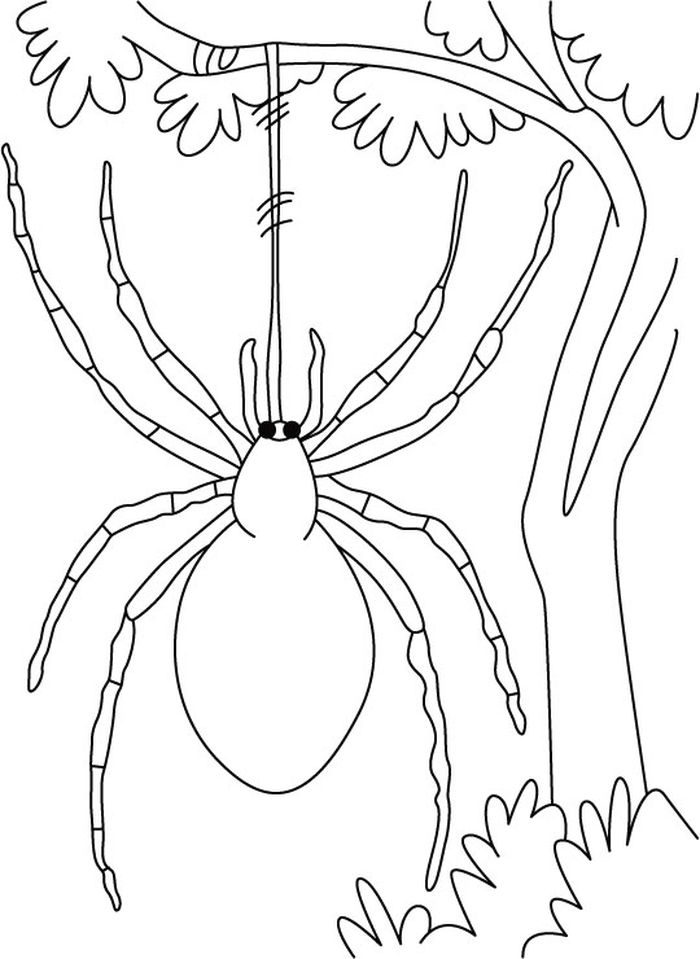
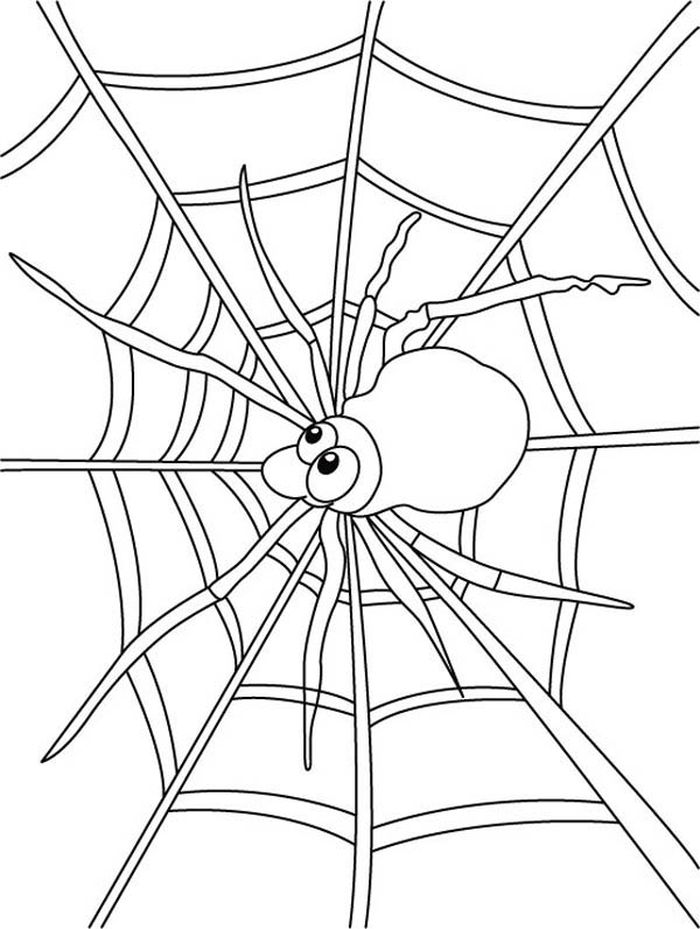



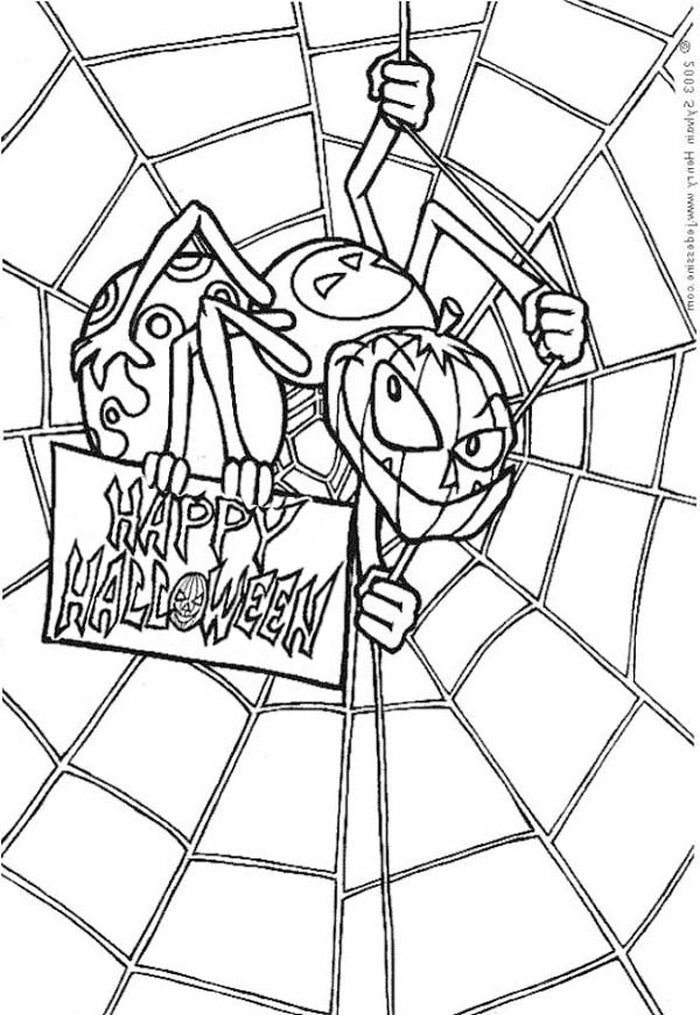

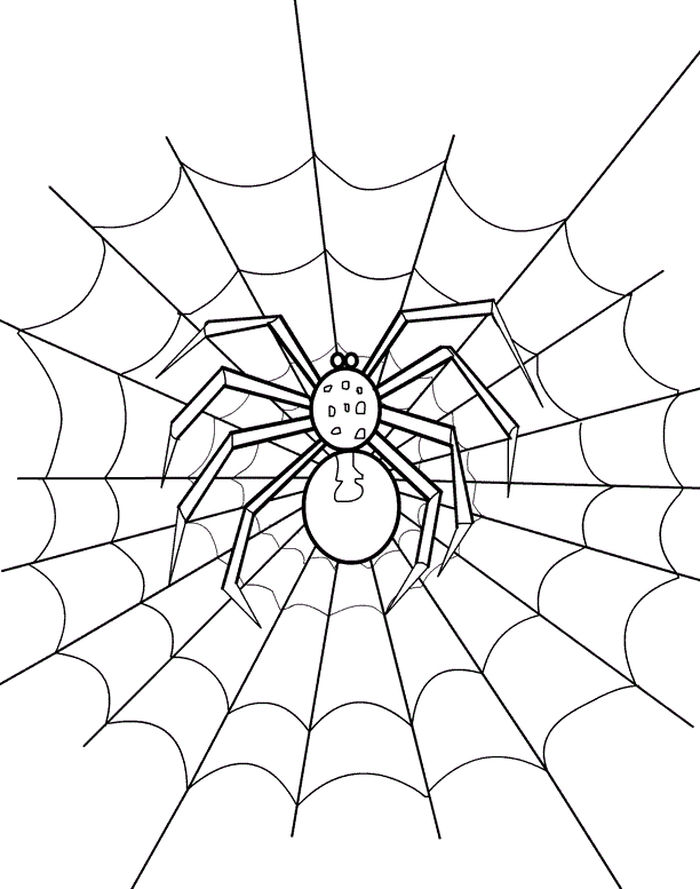
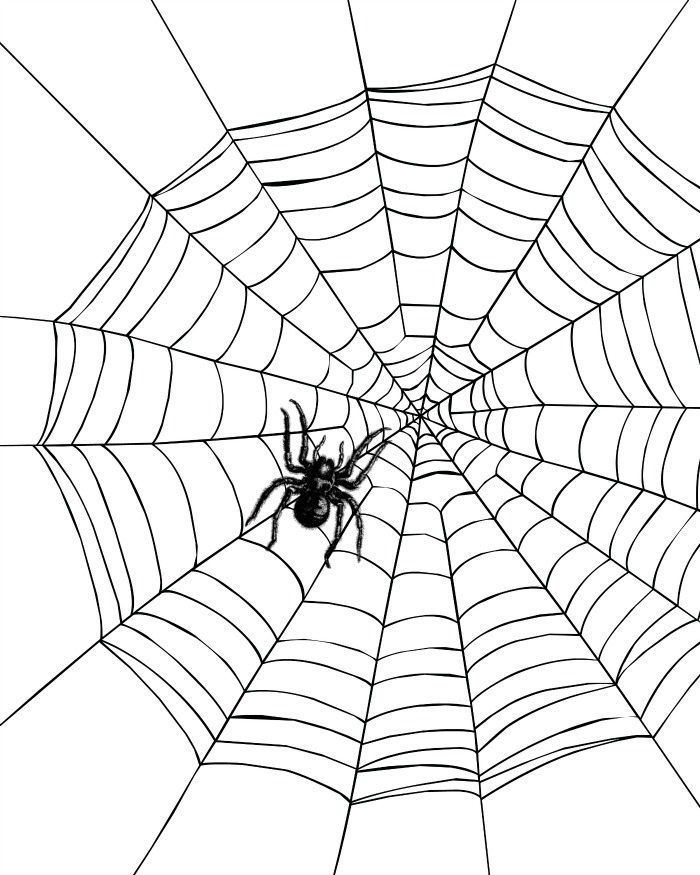
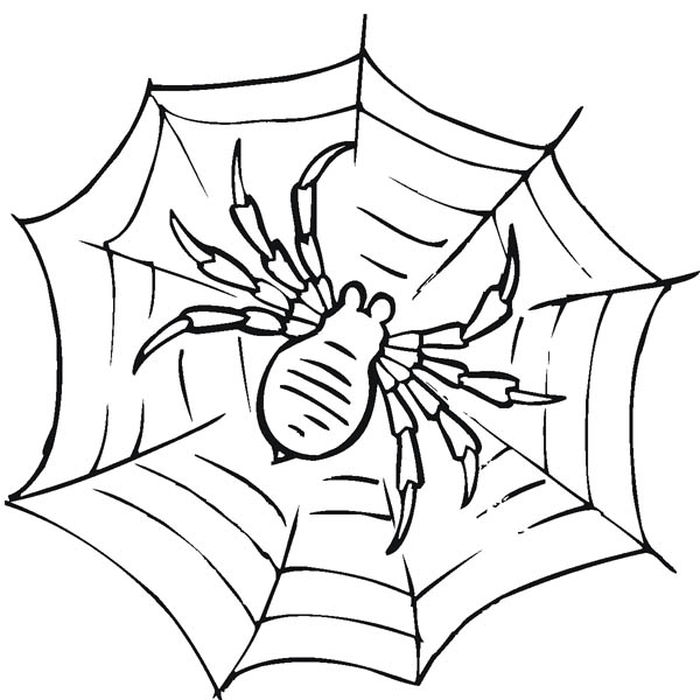

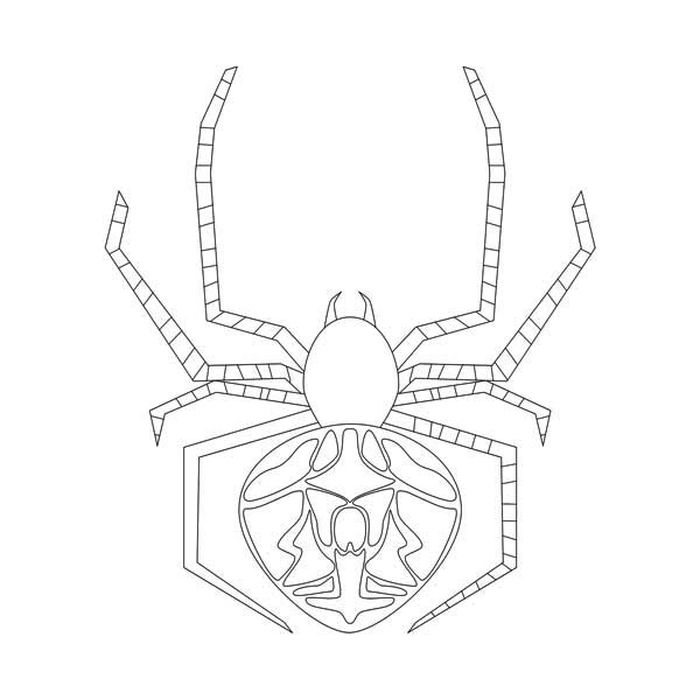
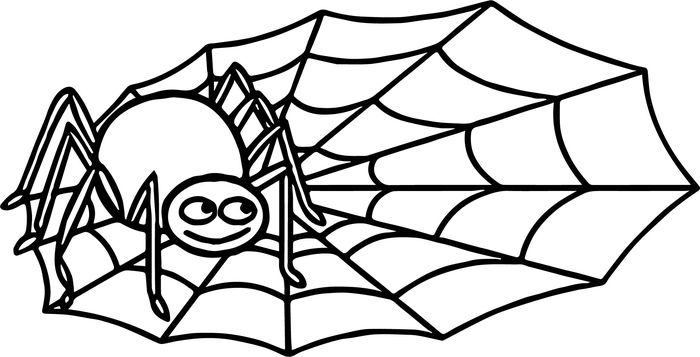
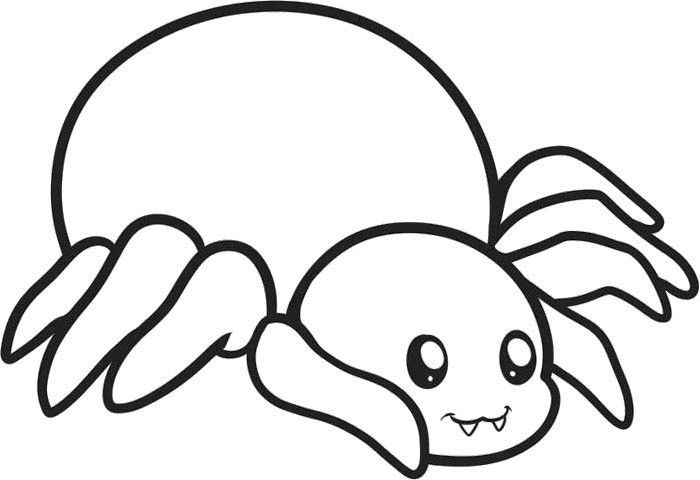
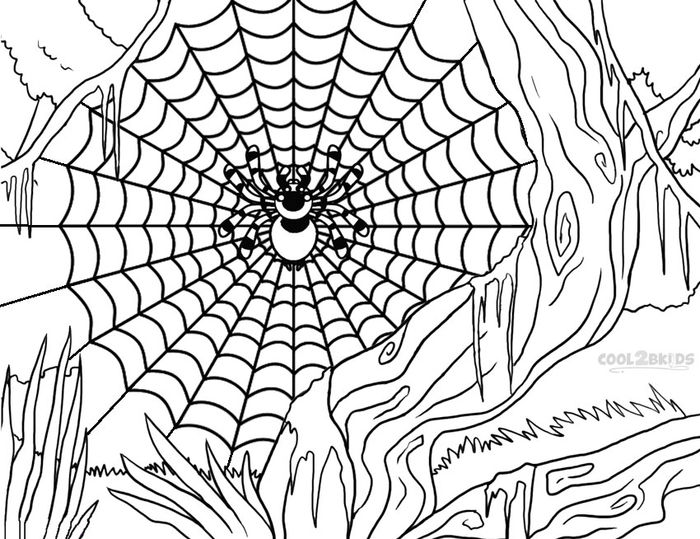
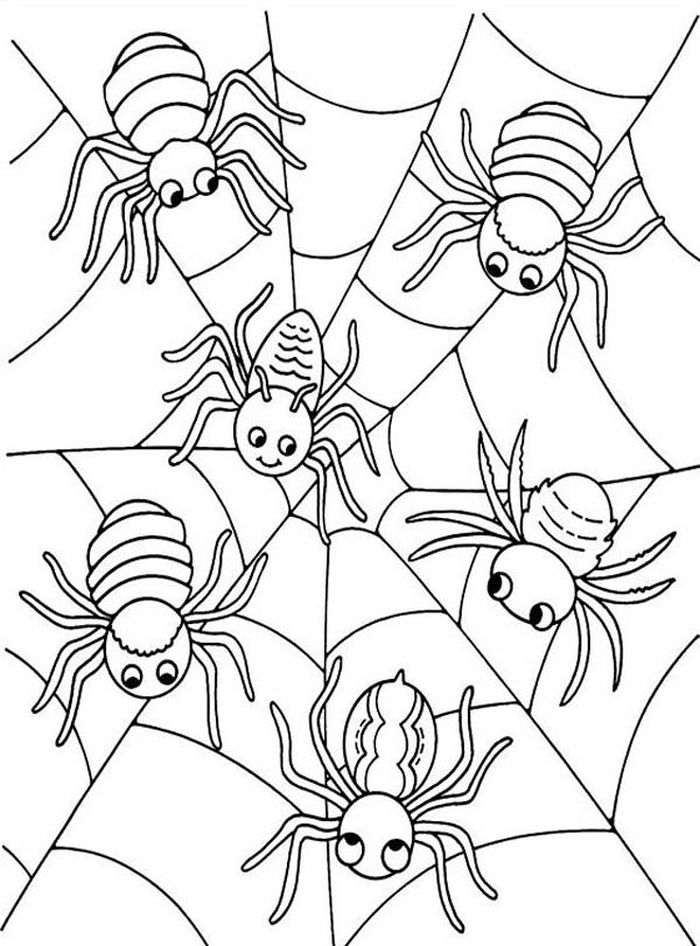
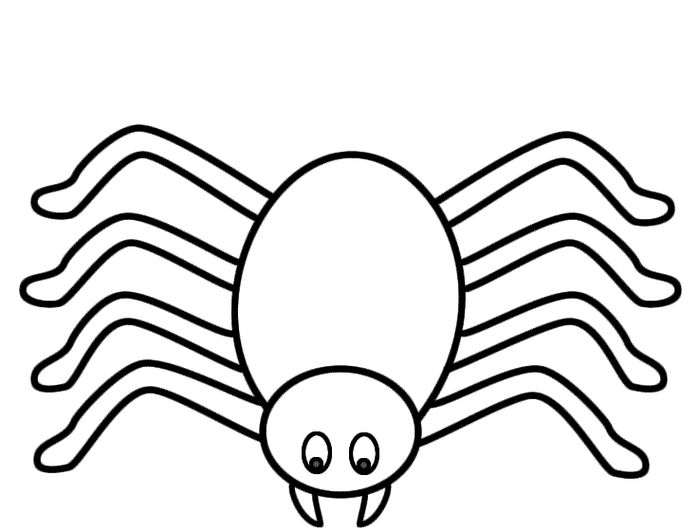

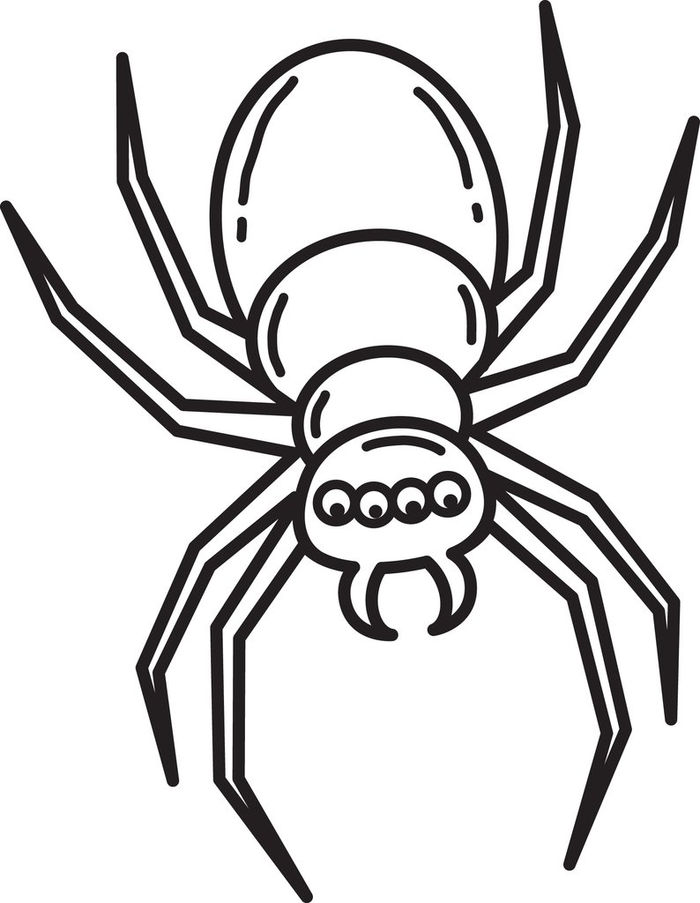
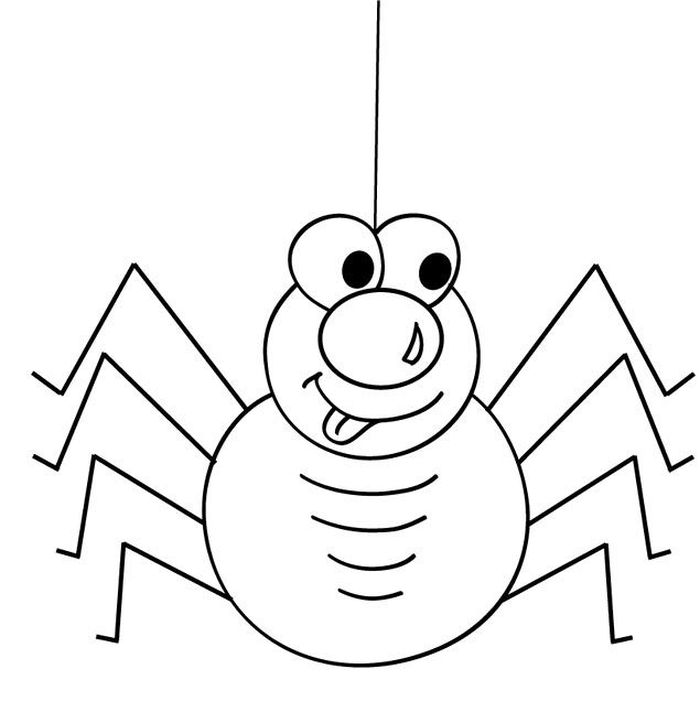
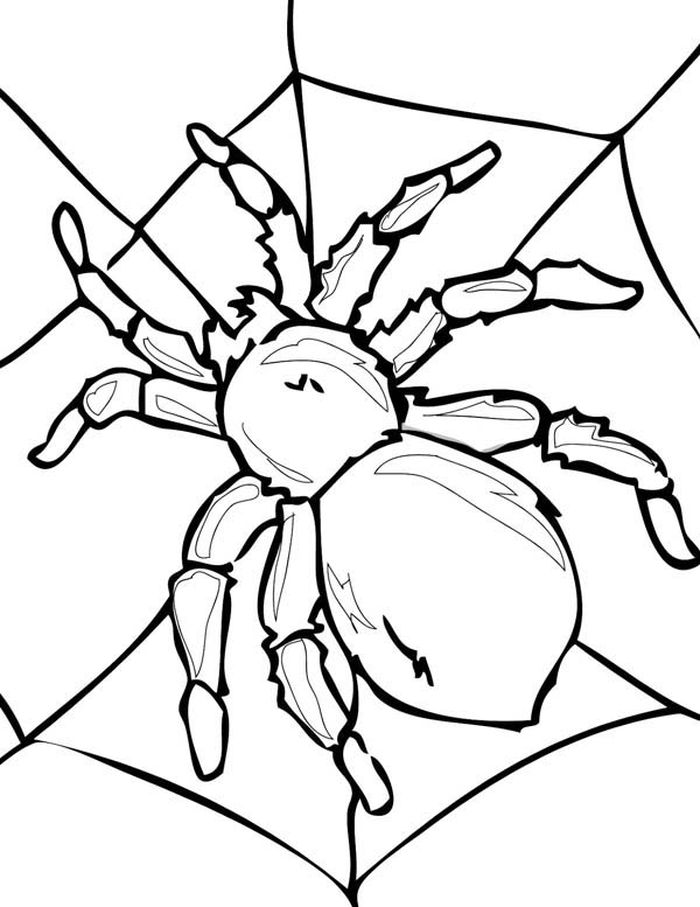
The chelicerae form a kind of tool-limb with which the spider bites its prey to inject venom to immobilize it and to manipulate it. Spiders generally have eight single eyes in the front of the prosome (front part of the body), but some species have fewer or none.
There are 110 families and about 42,000 species of spiders recorded to date. The spider occupies almost all biotopes around the planet, except the Antarctic zone, the exceptionally high altitudes, and the oceans.
Indeed, it is found from arctic environments in the taigas and tundras to the tropics, in environments as varied as temperate and tropical forests, deserts, plains, mountains, caves, and freshwater.
It has become a permanent part of our daily lives by invading orchards, vegetable gardens, and even our homes.
The spider is a predator that interacts with its environment and with its fellow creatures by adapting its hunting strategy to live in sympathy on the same territory. This adaptation limits competition in the same ecological niche.
The spider produces silk. This material has many uses. It intervenes during reproduction and ensures the protection and transport of the eggs.
It is a travel or safety thread in the construction of webs, to trap and swaddle prey, or for the aerial transport of the young.
The spider also uses silk to build molting chambers, shelters, air bells (for the only species living underwater), or hunting weapons.
The spider’s victims are mainly insects and crustaceans such as woodlice, but the more abundant species feed on small mammals and even birds.
